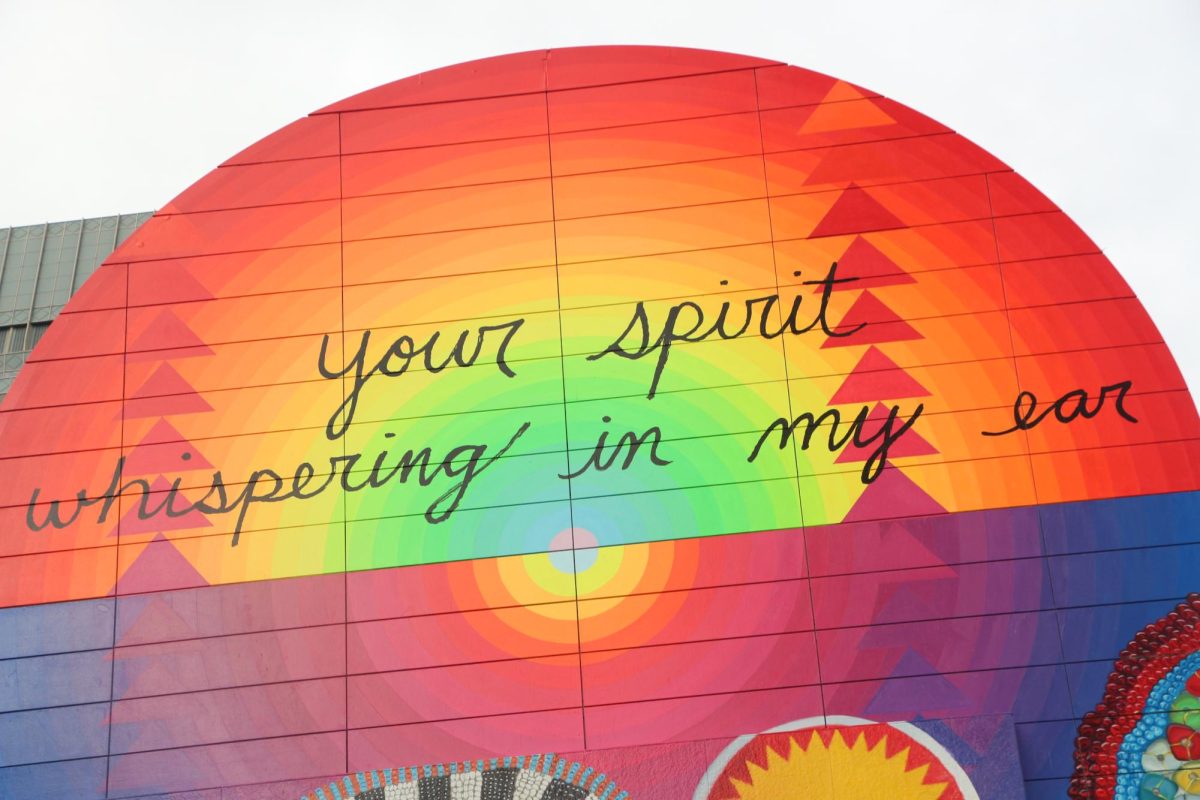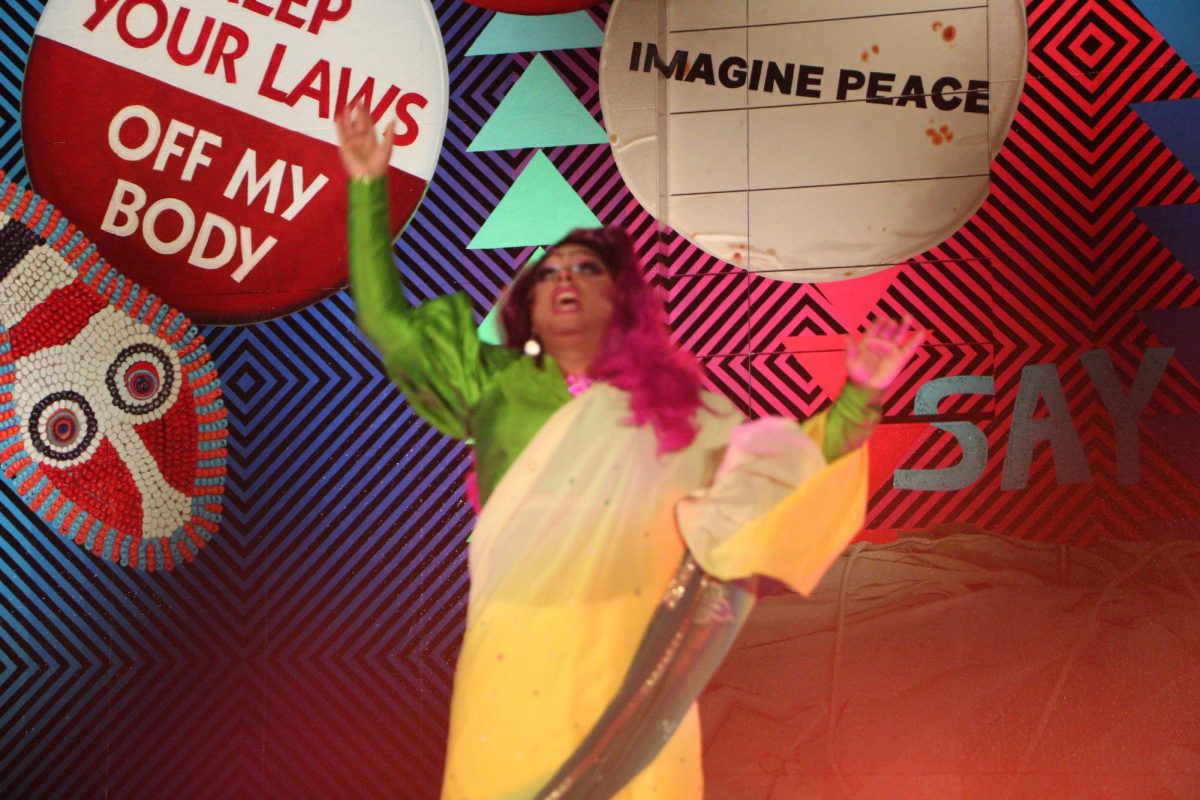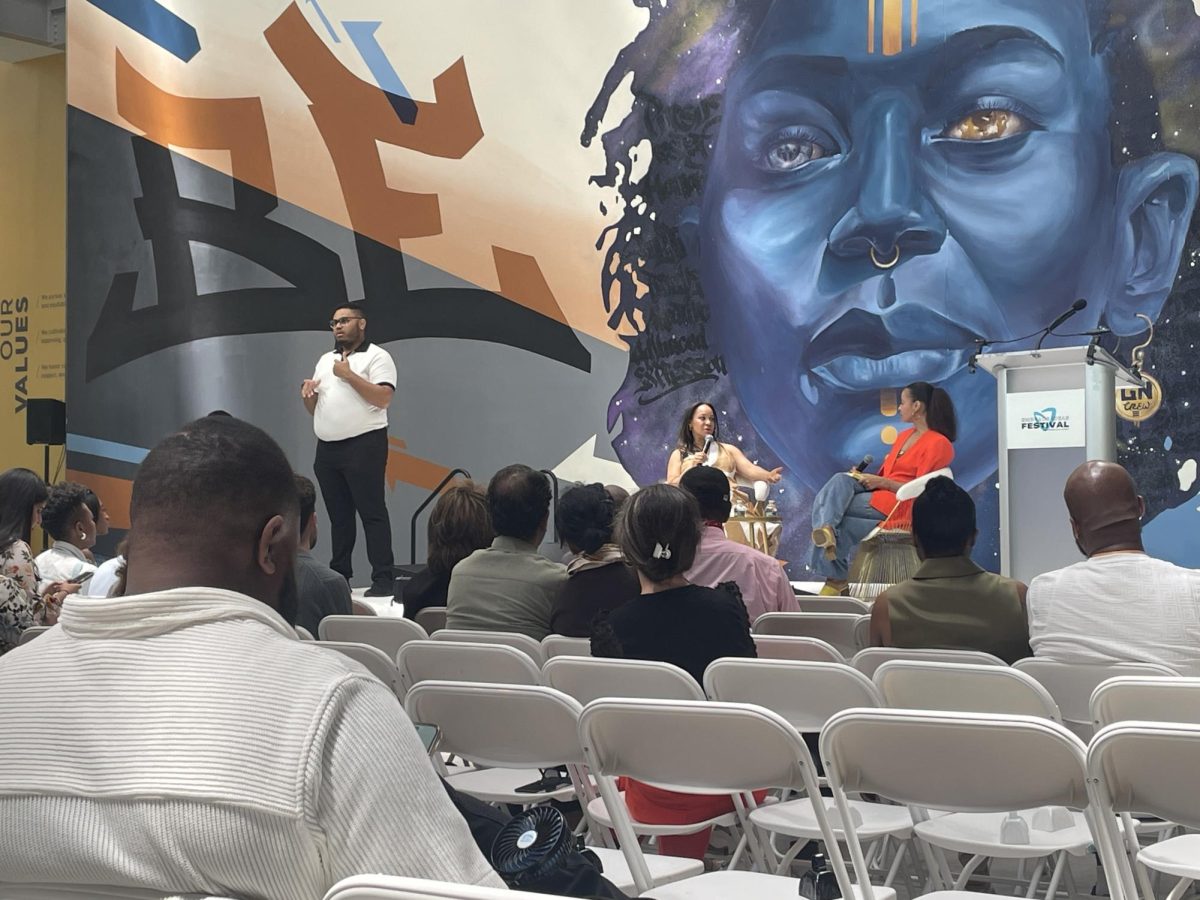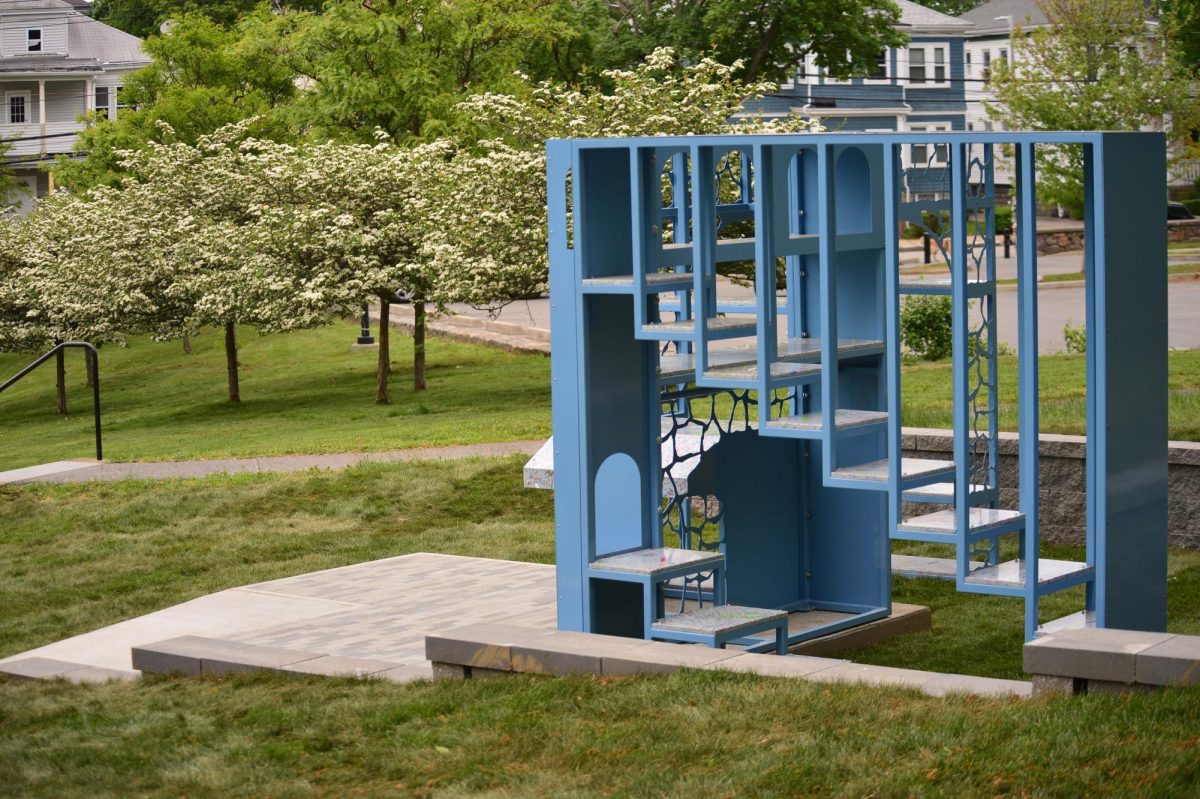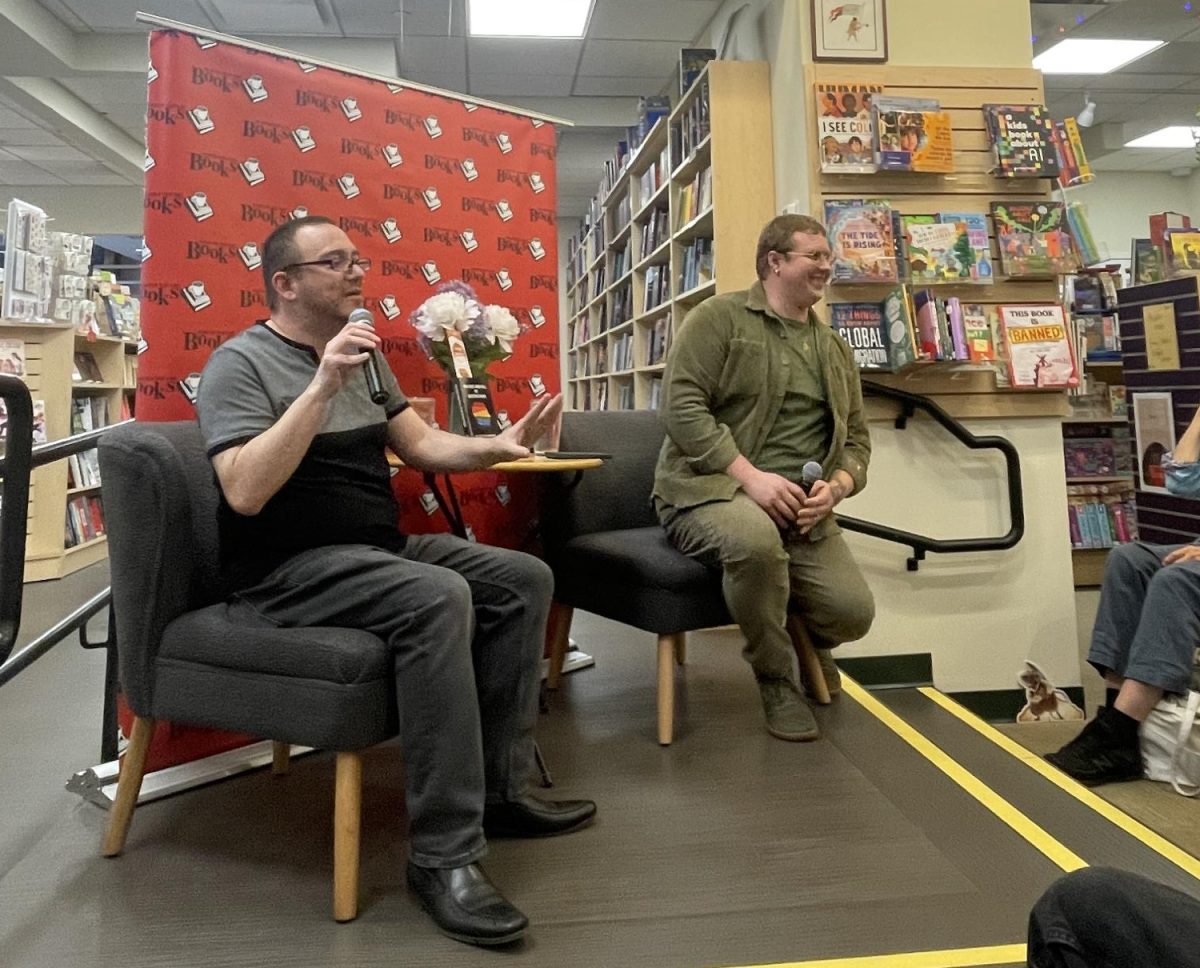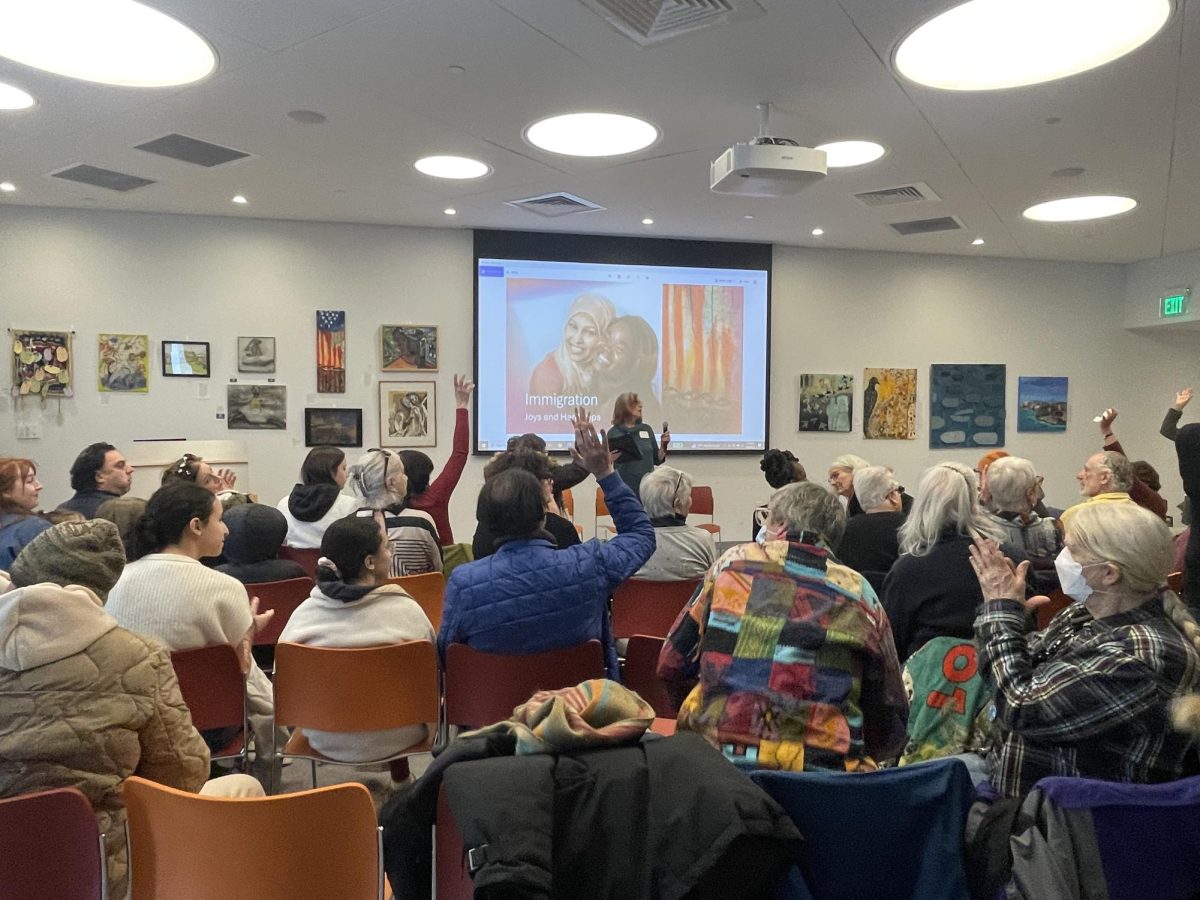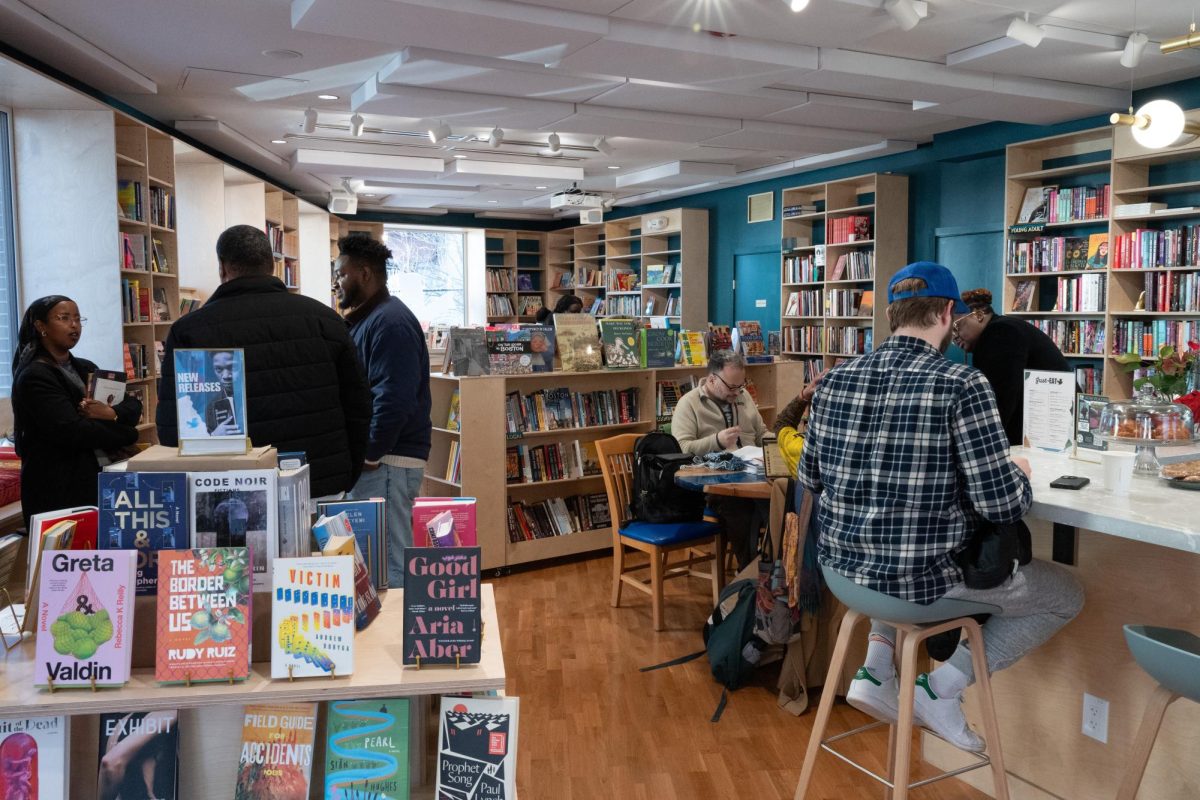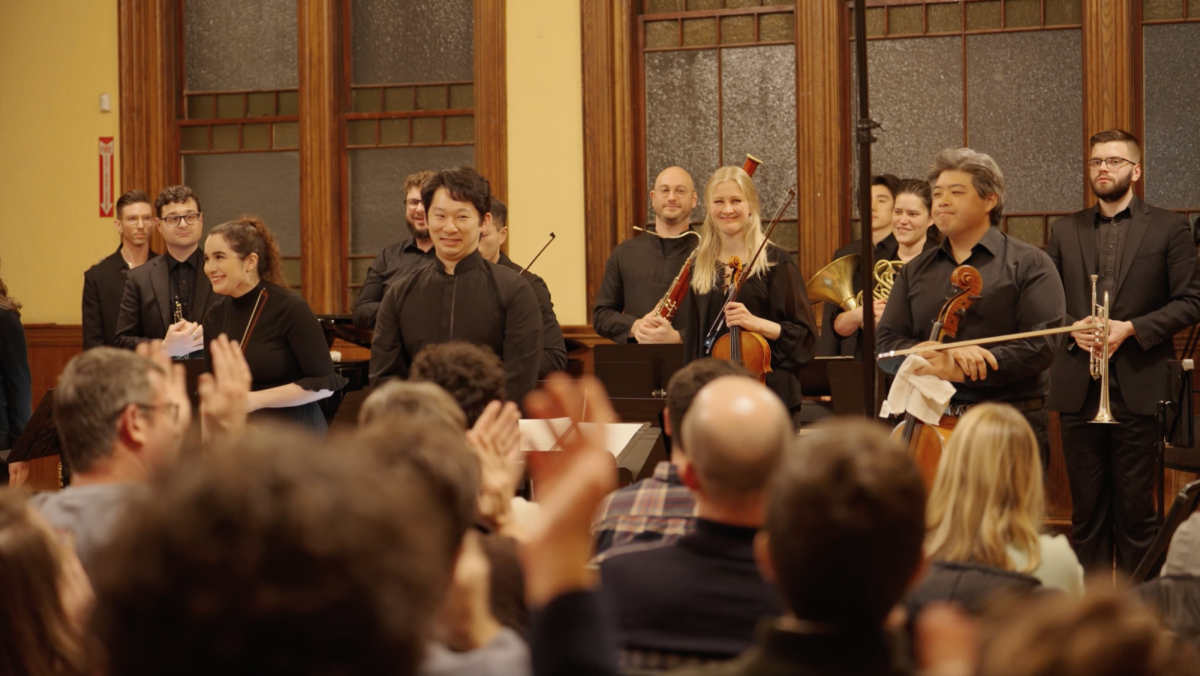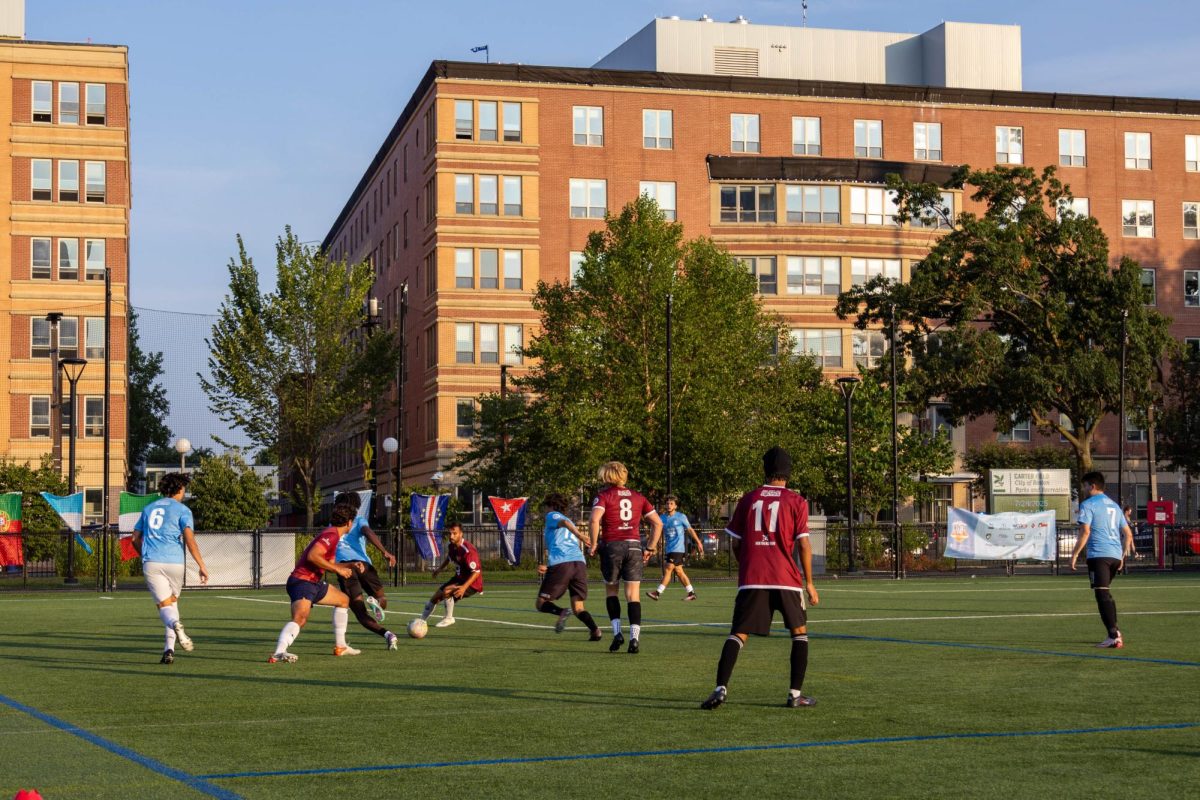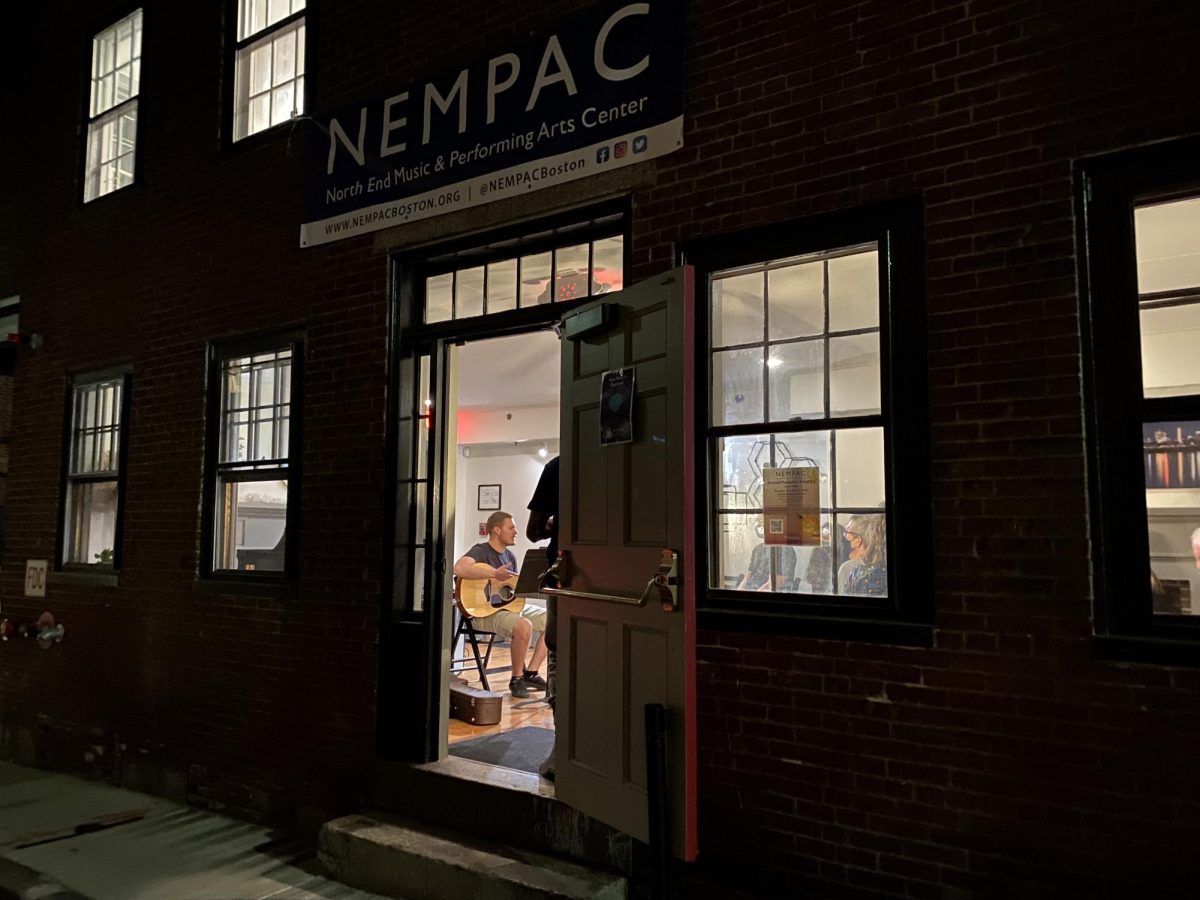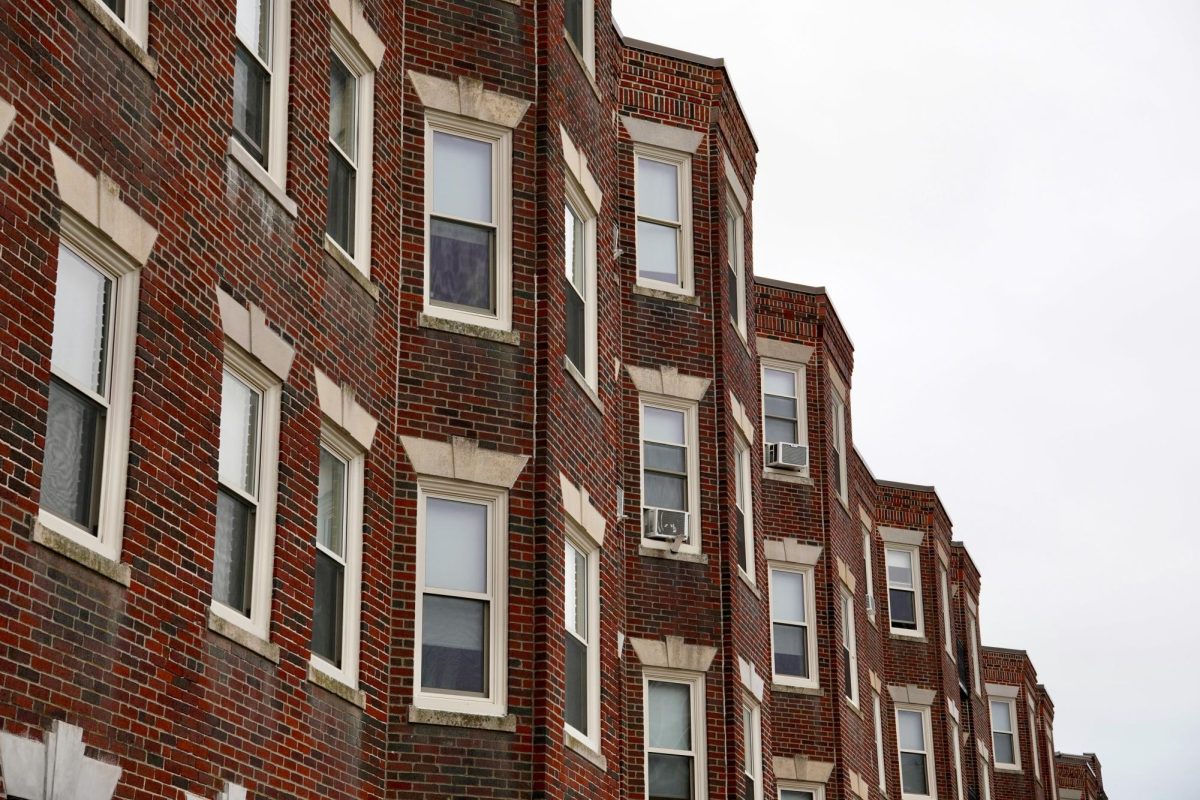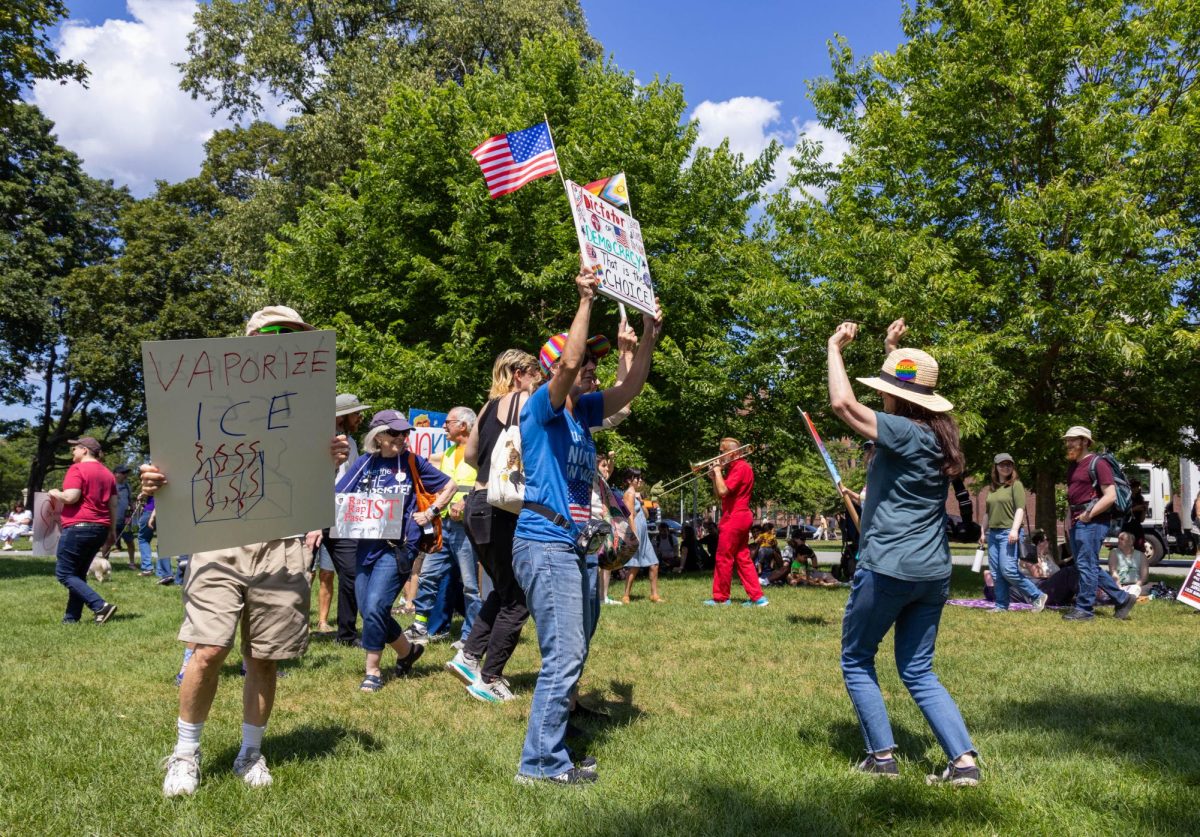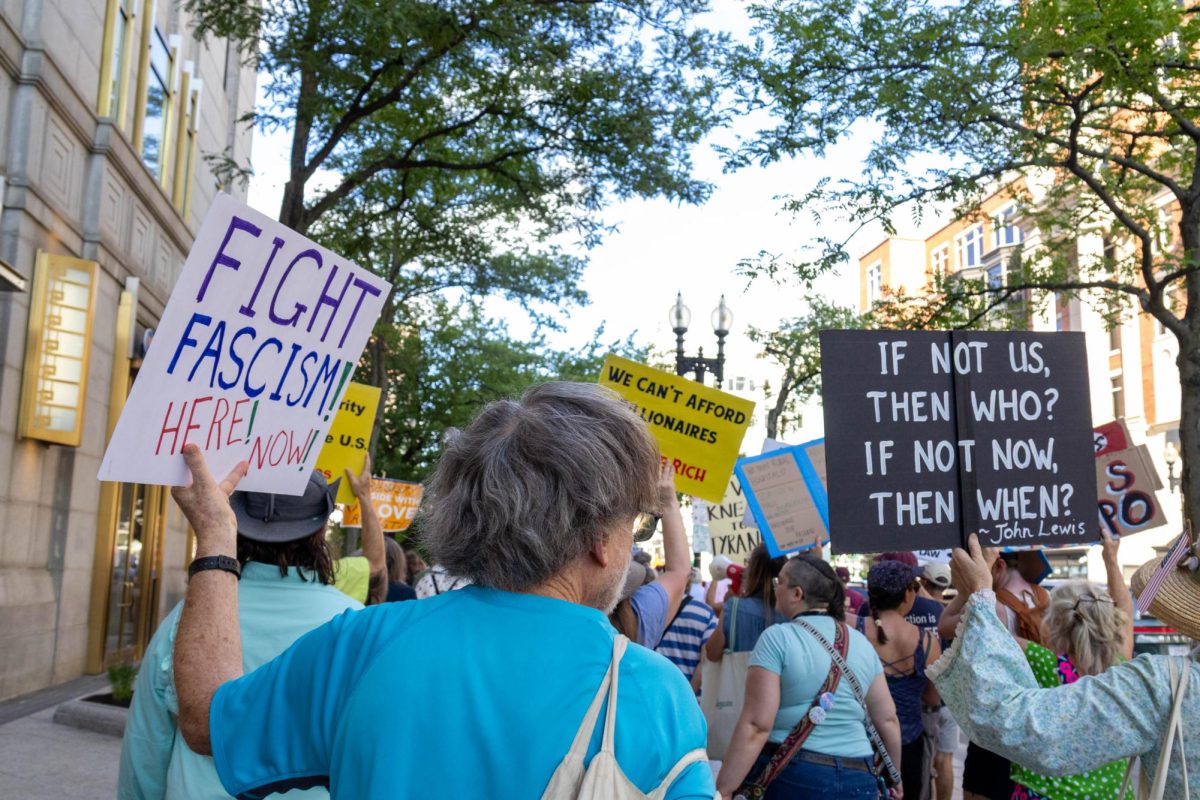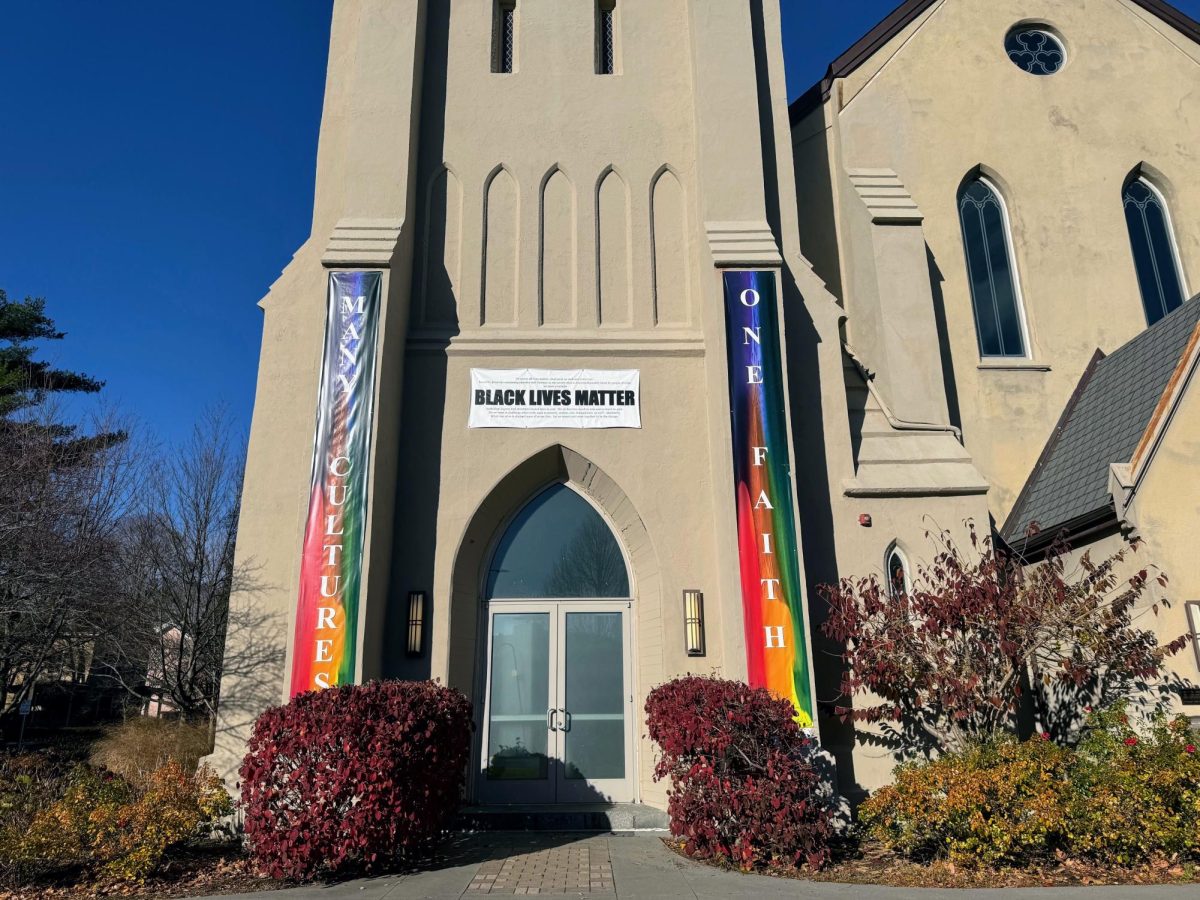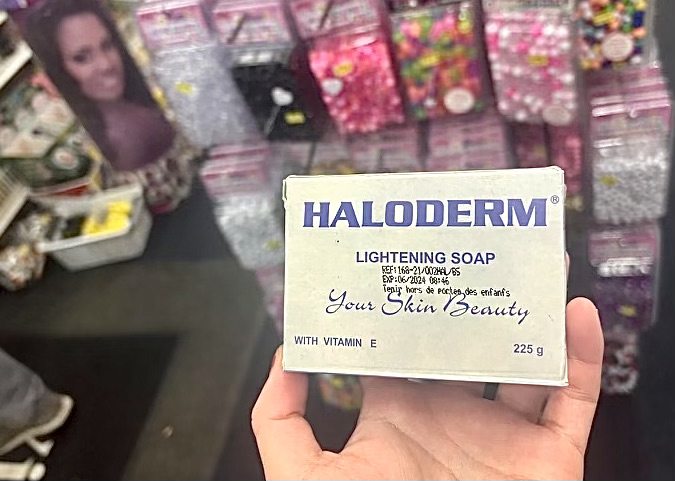Stage lights flashed on the Rose Kennedy Greenway, illuminating an exuberant crowd of onlookers roaring at a stage of drag performances and waving pinched dollar bills in the air. A DJ pumped hit song after hit song and stilettoed queens flicked back their wigs and flung outfit changes into the night.
Hand-painted on a hulking 76’x70’ canvas and towering over the lawn is the newest installation of the Greenway Conservancy’s Public Art Program: artist Jeffrey Gibson’s mural ‘your spirit whispering in my ear.’ It is the 10th piece featured at Dewey Square since 2012 and the first created by an Indigenous artist.
The mural’s title reflects the challenges that Gibson’s “ancestors, and others, have endured during their lifetimes and how they met those difficulties with faith, courage and strength,” he said.
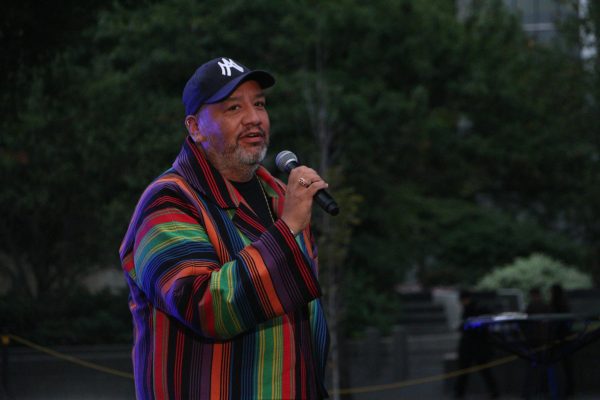
Gibson, who was born in Colorado, is a member of the Mississippi Band of Choctaw Indians and is of Cherokee descent. This year, he became the first Indigenous artist to represent the United States at the international cultural exhibition La Biennale di Venezia.
The mural depicts a beaded snake, two sequined masks borrowed from Gibson’s previous works and an assortment of revolutionary buttons from his personal collection. On a larger-than-life scale, the buttons proclaim “A Woman’s Place is in the World,” “Keep Your Laws off my Body,” “Imagine Peace” and “Question Reality.”
“Art really showed me that there was another world out there that I would feel normal in as opposed to maybe the world that I inherited as a child,” Gibson said, thanking the Conservancy’s curator, Audrey Lopez, for being receptive to his artistic vision.
Lopez said Gibson’s artwork reflects the Greenway’s commitment to uplifting Indigenous creatives and its commitment to reckoning with Dewey Square’s past — especially the era of the Big Dig, when a highway project which was eventually abandoned and morphed into the Greenway displaced many local residents. The area, she underscored, “is a place where histories are interconnected, where they intermingle.”
Michael Bobbit, executive director of the Massachusetts Cultural Council, said he believes “strongly in the power of artists to make the world a better place, to see things on buildings that none of us mere mortals can see.” In addition to partnering with the state to sponsor exhibits like the one in Dewey Square, the Conservancy also relies on institutional partnerships with local museums.
On Nov. 3, MassMoCA will debut its own commissioned exhibition of Gibson’s work titled “POWER FULL BECAUSE WE’RE DIFFERENT,” an installation of seven oversized beaded garments that explore the meaning of the term “two-spirit,” used in many Indigenous communities to denote a third gender, neither male nor female.
During the 18-month exhibition, MassMoCA will also host videos, costumes and texts from more than 30 Indigenous and queer program contributors.
On the Greenway, attendees nursed beers and food-truck dinners to inaugurate Gibson’s mural. Passersby idled on the sidewalk and leapt over a short fence to watch performances by drag queens LaWhore Vagistan, Candace Persuasian, Destiny and others.


